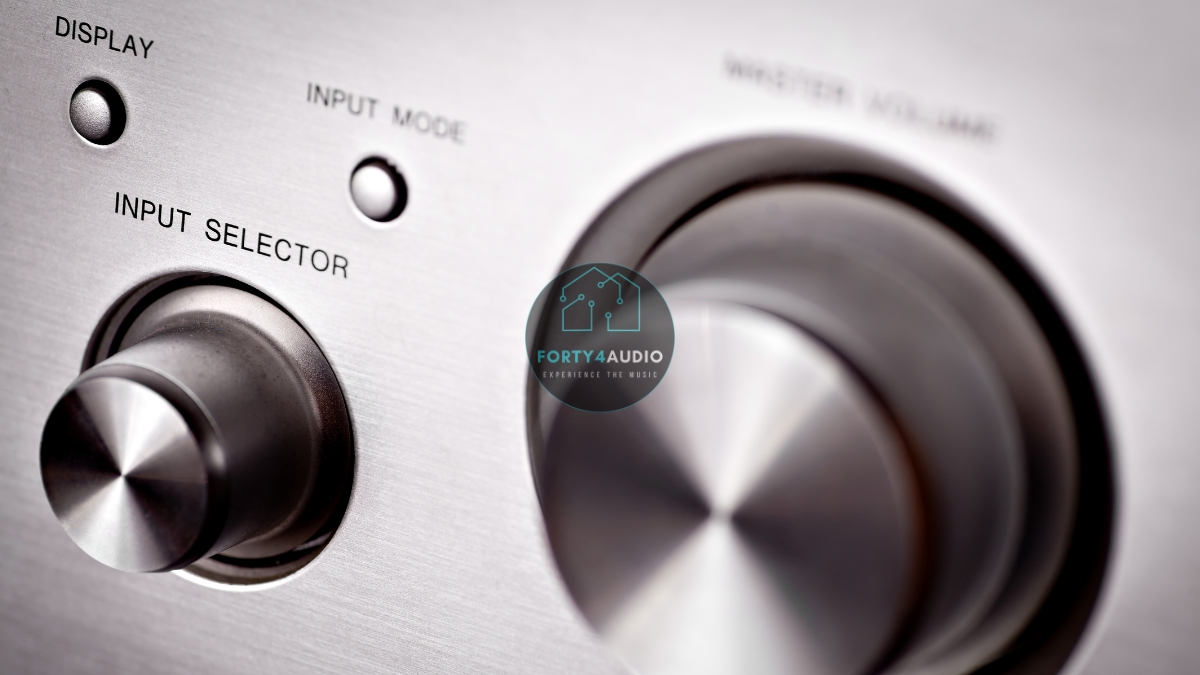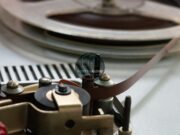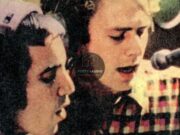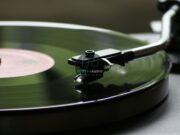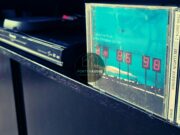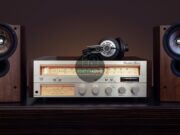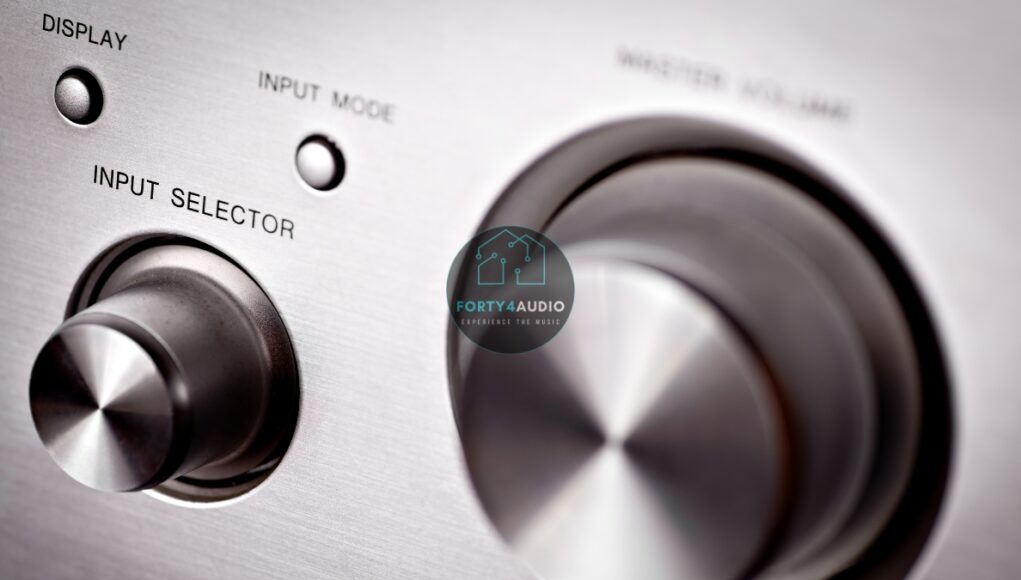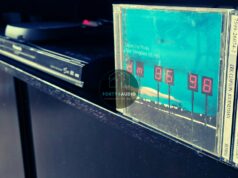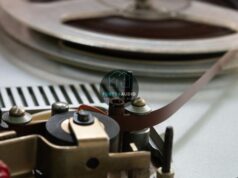The Beginner’s Guide to Building Audiophile Sound on Any Budget
There’s something timeless about sitting down and truly listening to music. Not while scrolling, not while commuting – just listening. That’s the heart of hi-fi. For those just starting out, building your first hi-fi system can feel like stepping into a world of cables, specs, and opinions. But it doesn’t have to be complicated or expensive. Whether you’re spinning vinyl or streaming lossless, this guide will help you build a system that sounds incredible – without draining your wallet.
Welcome to your first step into high-fidelity sound.
The History of Hi-Fi Audio and Why It Still Matters
The term hi-fi, short for high fidelity, first gained traction in the 1950s when RCA used it to market their new phonographs. But the roots of hi-fi go deeper, tracing back to the 1930s and 40s when engineers began chasing the dream of reproducing music as faithfully as possible.
Key Moments in Hi-Fi History
- 1950s: The mono era. Tube amplifiers and horn-loaded speakers dominated. Hi-fi was a luxury, often built by hobbyists.
- 1960s–70s: The stereo revolution. Brands like Marantz, Pioneer, and Technics became household names. Vinyl ruled, and the living room became a concert hall.
- 1980s–90s: The CD era. Convenience met clarity. Integrated amplifiers and home theater systems took over.
- 2000s–Now: The digital age. Streaming services, DACs, and a vinyl resurgence brought hi-fi back into the spotlight.
Hi-fi has always been about more than gear. It’s about connection – to the music, to the artist, and to the moment.
What You Need to Build a Beginner Hi-Fi System
Let’s break down the essential components of a hi-fi system and recommend some of the best beginner-friendly gear available today.
Bookshelf Speakers Under $300
Speakers are the most important part of your system. They shape the sound you hear more than any other component.
Top Picks:
- ELAC Debut 2.0 B6.2 – Wide soundstage, deep bass, and a neutral tone. A favorite for good reason.
- Q Acoustics 3020i – Smooth highs, warm mids, and a sleek design.
- Micca RB42 – Compact, rich-sounding, and surprisingly powerful for the price.
Integrated Amplifiers Under $500
The amplifier powers your speakers and connects your sources. Integrated amps combine a preamp and power amp in one unit.
Top Picks:
- Yamaha A-S301 – Classic analog sound with digital inputs.
- Denon PMA-600NE – Warm, musical, and includes Bluetooth for convenience.
- SMSL AO200 – A compact Class D amp with surprising clarity and power.
Turntables and Streamers for Beginners
Your source is where the music begins. Whether you’re into vinyl or streaming, there’s a great option for you.
Turntables:
- Audio-Technica AT-LP120XUSB – Direct-drive, built-in phono stage, and USB output.
- U-Turn Orbit Basic – Minimalist design, belt-drive, and made in the USA.
Streamers:
- Wiim Pro – Affordable, supports high-res streaming, and integrates with most services.
- Bluesound Node – A bit pricier, but audiophile-grade and future-proof.
A Complete Hi-Fi Starter Kit for Under $1,000
If you’re looking for a plug-and-play setup that delivers serious sound, here’s a curated system that balances performance and price:
- Speakers: ELAC Debut 2.0 B6.2 – $300
- Amplifier: Denon PMA-600NE – $450
- Streamer: Wiim Pro – $150
- Cables/Stands: ~$100
Total: ~$1,000
This setup gives you warmth, clarity, and flexibility. Add a turntable later, or upgrade your speakers down the line. It’s a system you can grow with.
How to Set Up Your First Hi-Fi System
Getting the gear is only half the journey. Setting it up right makes all the difference.
Speaker Placement Tips
- Triangle Rule: Place your speakers and listening position in an equilateral triangle.
- Distance from Walls: Keep speakers at least 6–12 inches from the back wall to reduce bass boom.
- Toe-In: Angle speakers slightly toward your ears for better imaging.
Room Acoustics Matter
You don’t need foam panels. Rugs, curtains, bookshelves, and soft furniture help absorb reflections and improve clarity.
Cables and Accessories
Don’t fall for overpriced cables. Look for:
- 16-gauge oxygen-free copper speaker wire
- RCA interconnects with solid shielding
- Basic banana plugs for easy connections
Burn-In, Myth or Reality?
Some believe speakers and amps need time to settle in. While the difference is subtle, you might notice a slight smoothing of the sound after 20–50 hours of play.
The Cultural Impact of Hi-Fi Listening
Hi-fi isn’t just about sound – it’s about how we experience music. In the age of playlists and background noise, hi-fi invites us to slow down and listen with intention.
Vinyl’s Comeback and the Return of Ritual
In 2020, vinyl sales surpassed CDs for the first time since 1986. This wasn’t nostalgia – it was a cultural shift. People craved the tactile, immersive experience of putting on a record and listening from start to finish.
Listening Bars and Global Hi-Fi Culture
In Tokyo, listening bars like JBS and Lion Café offer curated vinyl experiences through vintage gear. These spaces are quiet, reverent, and deeply musical. The trend has spread to cities like London, New York, and Berlin.
The Loudness War and the Audiophile Response
In the early 2000s, music was mastered louder and louder, sacrificing dynamics for volume. Audiophiles pushed back, seeking out dynamic pressings, remasters, and lossless formats. This movement helped fuel the resurgence of hi-fi listening.
Rare and Lesser-Known Hi-Fi Facts
- The NAD 3020, released in 1978, is still one of the most beloved budget amps ever made. Its warm, punchy sound made it a gateway for thousands of audiophiles.
- Japan’s Denki Bunka (Electric Culture) movement in the 1970s treated audio gear as both art and science, influencing global design trends.
- Some early CD players, like the Sony CDP-101, are now collector’s items due to their unique sound signatures and build quality.
Keep Listening, Keep Exploring
Building your first hi-fi system is more than a purchase – it’s a personal journey. You’re not just buying gear; you’re creating a space for music to live and breathe. Whether you’re rediscovering old favorites or hearing new details in a beloved album, hi-fi brings you closer to the music.
At forty4 Audio, we believe in sound that moves you. Join our community of listeners, crate-diggers, and curious minds. Share your setup, ask questions, and explore the world of hi-fi with people who care about music as much as you do.
